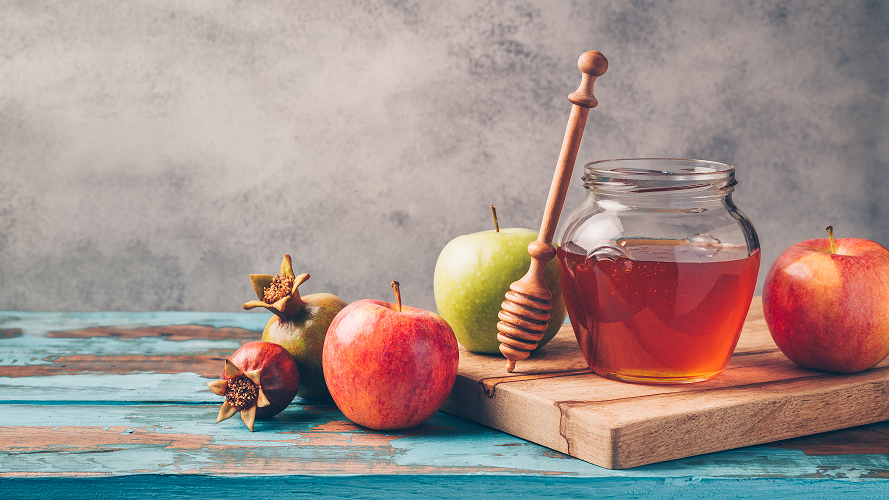

Food Ingredients
Glycaemic Index
The glycaemic index (GI) provides information on the potential of a food to raise blood sugar.
Starch, our main source of carbohydrates, is composed of amylose and amylopectin chains, to which proteins (cereals), lipids or micronutrients (trace elements, vitamins) can attach themselves.
This portion of amylose determines food characteristics and nutritional qualities.
When cooked, heated, hydrated starch changes, lending a viscous appearance to the preparation. This phenomenon is called starch gelatinisation.
The lower the proportion of amylose, the greater the gelatinisation that occurs. However, it has been demonstrated that the more a starch gelatinises – due to its low amylose level – the easier it can be hydrolysed by digestive enzymes. Starch then transforms into glucose and blood sugar levels rise as a result.
For example, potatoes contain little amylose, and their GI is high, while lentils have a low GI because they contain a lot of amylose. Increasing hydration and temperature raises GI: raw carrots have a GI of 35, but when cooked, their GI rises to 85.
With cooling, starch (known as “retrograded” starch), takes on a structure which is almost identical to the one it had before heating, and, as a result, GI decreases. Foods cooked and then cooled thus see their GI drop.
Cookingwith gentle steam or stewing (limited hydration) results in limited starch gelatinisation, so the GI of foods cooked this way is lower. Proteins and dietary fibres attached to starch molecules slow down the action of enzymes, and glucose is less absorbed. This is the case for cereals, where the presence of gluten modifies the GI. The more refined the cereals are (that is, they contain less gluten), the less they are protected by gluten from hydrolysis, the more glucose is absorbed, the higher the GI.
The degree of ripeningof fruits also influences their GI: the riper the fruits, the more the GI increases. The last factor to come into play is particle size. The finer the particle size (e.g. flour), the more hydrolysable particles are, the more glucose is absorbed, the higher the GI. Rice flour therefore has a higher GI than rice grain. In summary, we can say that GI depends on the nature of starch, cooking method, water quantity, time and particle size. Exhaustive tables of foods’ GI depending on method of preparation are available.
STOCKMEIER Food Ingredients offers a wide range of sweetening solutions (Glucose-fructose syrup, fructose, organic agave syrup, cereal syrups, sugars from fruits) to regulate your products’ glycaemic index.
Source: sante.lefigaro.fr